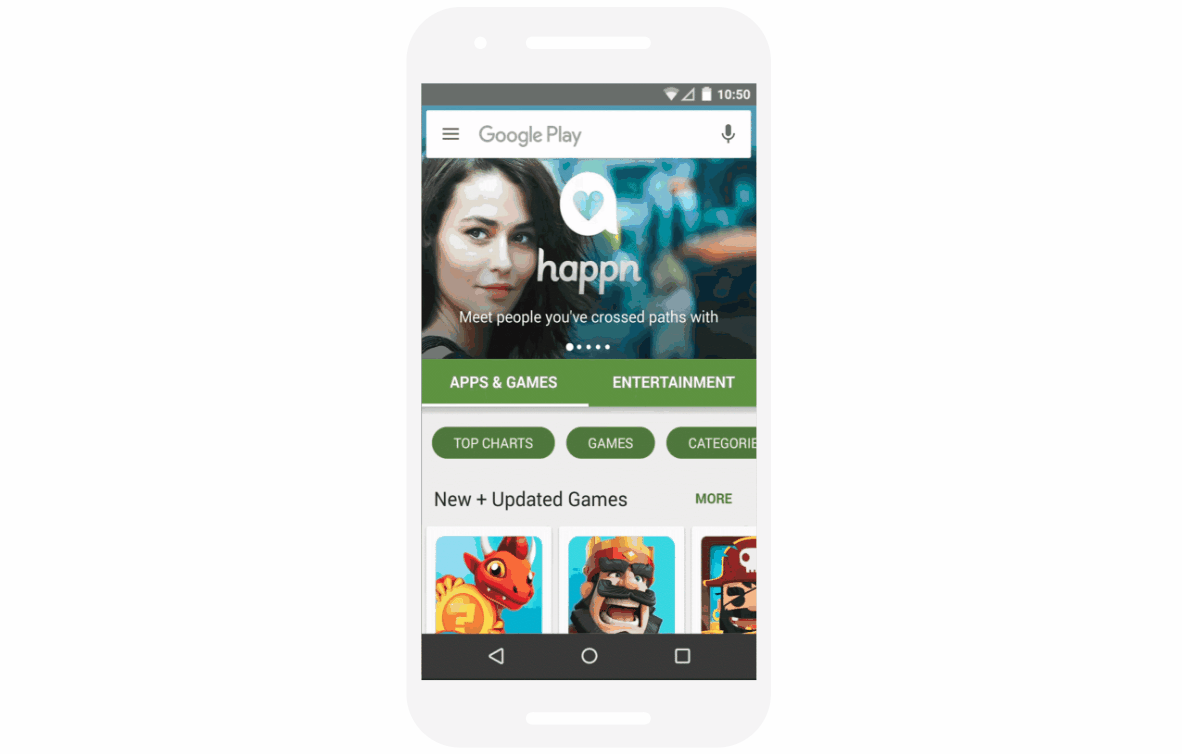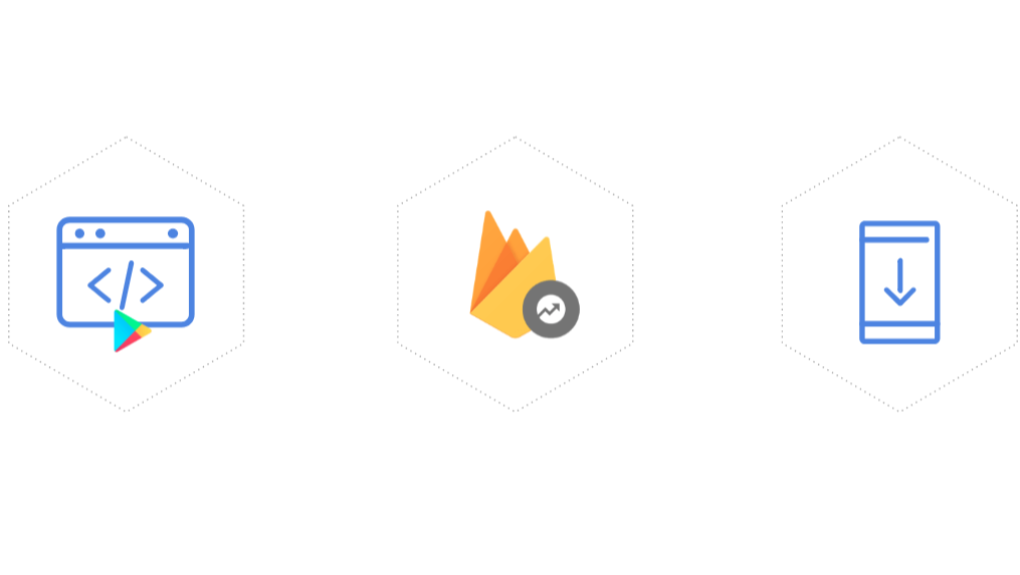Apps are already big business, and with the proliferation of smartphones and our increasingly digital lives, it’s a sector that’s only going to get bigger.
Indeed, Google’s research shows that consumers are already spending more than $86 billion on apps. It’s no wonder then that more and more companies are scrambling to get a piece of the market for themselves.
That’s where Google’s new Universal App Campaigns (UAC) comes in. We’ve written about how the tech giant’s new system is enabling developers to tap into the billions of users who can be found on Google’s network. But today we wanted to look at the importance of conversions, and how you should be measuring your success once users have downloaded your app onto their phone.

What are in-app conversion events?
Conversion events are a commonly used metric in the digital world. For example, when a user takes action on a website, whether it’s making a purchase of signing up for a newsletter, it is considered a website conversion. Often this kind of data is viewed as a KPI (Key Performance Indicator) by companies who want to measure the success, or lack thereof, of their online activity.
The same is true when it comes to apps, the only difference is the platform that the consumer is taking the action on.
Some examples of in-app conversions include:
Opens
It’s one thing to get users to download your app, but it’s an entirely different thing to get them to open it. Opens are an incredibly important metric to track in order to find out how often people are actually using your app on a regular basis.
Registrations
Perhaps users on your app need to create a profile or complete a tutorial. If so, measuring in-app registrations will be an important conversion metric as it shows how many users are actually following through with your desired action.
Purchases
Whether it is making a purchase from an online store, upgrading an account, or buying in-app upgrades, purchases are an incredibly important piece of data. This conversion is all about the financials and they are particularly important for those apps that are fuelled by in-app transactions.
Why should you be tracking in-app conversions?
You can’t manage what you don’t measure. So how can you ensure your app is performing if you don’t take the time to measure what users are actually doing with it?
In-app conversion data gives you access to a wealth of real-time information to help you to better understand what your customers think of your product, what they need, and how their experience can be improved. Careful analysis can help you to separate what is working from what isn’t, enabling you to pinpoint what your audience is interacting with and why.

By carefully tracking the events outlined above, you can see just how users are engaging with your particular app and decide what, if anything, you need to do to enhance their experience.
But alongside providing a necessary analysis tool, measuring in-app conversions can also help you to better target your app’s marketing strategy. Just one way you can do this is through Google Ads, which actually lets you target specifically for in-app events if you have them set up correctly. That means that rather than wasting your budget targeting users who have installed your app but never opened it, you can specifically target higher quality customers who regularly open and interact with your app.
Depending on the nature of your app you can also use this data to further refine your targeting. By segmenting your audiences and applying different messaging to each sector, you can allocate budget more efficiently to each audience, and ultimately see a higher return on your investment.
How do you find the right tracking solution?
There are a lot of powerful software tools out there that can help you to better track your in-app conversions. Platforms such as Firebase, TUNE, Kochava, Adjust, AppsFlyer, and Apsalar are all popular.
The key for many organizations is finding the right agency to partner with, a team who will not only help you to set up the right systems to track in-app conversions but translate them into actions that will help to drive your business forward.
Learn more about in-app conversions and UAC by contacting us to find out how to drive better data-driven decisions for your app.